pdf ESTABLISHMENT AND EARLY DEVELOPMENT OF THE MISSISSIPPI GEOLOGICAL SURVEY, USA (7.37 MB)
Renee M. CLARY1 and David T. DOCKERY, III2
1 Mississippi State University; ORCID: 0000-0003-4066-8366
2 Mississippi Office of Geology
Abstract. Admitted as the twentieth US state in 1817, Mississippi received authorization for a state geological survey on 5 March 1850. The survey’s first decade was marked by geologically illiterate directors, but competent assistants assured quality work. John Millington (1779–1868), the first state geologist, assigned fieldwork to his assistant, Oscar Lieber (1830–1862), who resigned shortly after Millington’s 1852 report. Leiber published Mississippi’s first geological map in 1854. The next assistant, Benjamin L.C. Wailes (1797–1862), investigated geology’s influences on Mississippi’s agriculture. Wailes left the survey when he was not promoted and Lewis Harper was named state geologist. Harper struggled with university administration, and the survey was moved to the penitentiary under his tenure. Eugene Hilgard (1833–1916) became the next assistant geologist, but with multiple errors in Harper’s 1857 report, the legislature proposed to abolish the survey. The survey was suspended briefly with Harper’s resignation, but Hilgard returned in early 1858 to become Mississippi’s first competent state geologist. Although the American Civil War (1861–1865) disrupted the publication of Hilgard’s report, his 1860 two-part Report on the Geology and Agriculture of the State of Mississippi eventually became the definitive text on Mississippi’s geology for the next half century.
Key words: Mississippi Geological Survey, United States state surveys, Eugene Hilgard, Benjamin Wailes, American Civil War, Mississippi geology.
pdf SALT PRODUCTION IN ITALY: FROM ANCIENT SALT SPRINGS TO MODERN MINING (8.30 MB)
Paolo MACINI1 and Paolo SAMMURI2
1 University of Bologna, 28 Via Terracini, 40131 Bologna, Italy, ORCID: 0000-0002-6851-3262
2 Independent researcher, 60 Via Sensini, 00176 Rome, Italy
Abstract. In Italy, salt production methods evolved over the centuries, from coastal salt pans to artificial evaporation of brines, to modern underground and solution mining. Rock salt production in inland areas dates back to Etruscan times, in modern Tuscany. In the Middle Ages, the salt springs of Volterra were systematically and continuously exploited, and since the early 1900s production was carried out with engineered solution mining, that allowed Solvay to build a large soda factory in Rosignano in 1913. In the last decades of the 20th century, solution mining started also in Calabria. Here, in the Timpa del Salto mine, some sinkholes appeared in 1984, triggering a landslide and an overflow of brine, an event that gradually led to the interruption of mining activities. Calabria is also known for the longest-lived Italian underground rock salt mine (Altomonte-Lungro mine), exploited almost continuously since antiquity and active until 1978. Finally, in Sicily, numerous underground salt mines were intensively exploited since the second half of the 20th century, and three are still active (Realmonte, Racalmuto, Petralia). We outline the historical development of these Italian salt production sites and the evolution of mining technologies as used in different geological contexts.
Key words: Rock salt, Mining history, Messinian, solution mining.
Sharad MASTER1
1 Honorary Research Fellow, School of Geosciences, University of the Witwatersrand, Johan nesburg, South Africa
Abstract. The Maitland prospect is a polymetallic Pb-Ag-Cu-Zn deposit located in the Eastern Cape, some 35 km west of Gqeberha (Port Elizabeth). It consists of quartz-calcite veins with argentiferous galena, together with copper sulphides and sphalerite, hosted by marbles of the Neoproterozoic to Early Palaeozoic Gamtoos Complex. It is of great historical interest as the first known lead prospect in South Africa, and early descriptions of its geology and mineralization are given here. It was first prospected in 1792, by a Major Von Dehn who found rich Pb-Ag ores. It is suggested that the Maitland polymetallic deposit may have been originally discovered and exploited by the indigenous Xhosa clan, the AbaThembu, who manufactured copper-silver ear rings which were described from this area by the Swedes Anders Sparrman and Carl Peter Thunberg in 1772. The Maitland prospect was visited by Englishman John Barrow in 1797, and by the Germans Hinrich Lichtenstein and Baron von Dankelmann in 1803 and 1804 respectively, who had further assays made of the ores in Germany. The economic prospects of the deposit were encouragingly described by Centlivres Chase in 1843. The Maitland Mining Company, formed in 1846, issued Ł10,000 worth of shares. During the development stage, the Maitland mines were visited from 1845 to 1857 by the road builder Andrew Geddes Bain, the physicians William Atherstone and Richard Rubidge, and the geologist Andrew Wyley. The mining operations were unprofitable, and the mines were closed. Renewed prospecting was carried out from 1924 to 1931, and from 1970 to 1975, without success. In over 200 years of exploration, the Maitland deposit has been repeatedly investigated, but the lack of continuity of the mineralization at depth, and the lack of rich mineralized lodes, has meant that it is completely uneconomic, even for a small-scale mining operation.
Key words: Gamtoos Complex, Early Palaeozoic, Pb-Ag-Cu-Zn veins, uneconomic.
Wolf MAYER1
1 Emeritus Faculty, Australian National University, Canberra, Australia
Abstract. In the absence of qualified individuals in the newly founded penal colony of New South Wales, the first geological investigations were carried out by untrained persons and were driven by the urgent need to find raw materials for the building of houses and stores. The discovery of mineral deposits during the colony’s early years were largely a matter of chance. The wide range of opportunities available in the growing colony soon attracted free settlers and long-stay visitors, some of whom possessed considerable geological knowledge. They recorded the results of their investigations in short publications which provided brief overviews of the geology in the areas they had investigated. In later years explorers traversed wide expanses of the country’s interior and recorded aspects of its geology, leading, in one instance, to the preparation of the first comprehensive geological maps of New South Wales.
Key words: colonisation; amateur geologists; geological surveys.
Zdeòka PETÁKOVÁ1
1 Czech Geological Survey; Klárov 131/3, Prague 1, 118 00 Prague 1, Czech Republic
Abstract. Review of prehistoric and protohistoric mining sites in the Czech Republic area based on 18 mining sites were indentified in the archaeological literature. Four main localities were visited and are characterised: Krumlovský les in the South Moravian region, which is the oldest proven prehistoric knapping raw material area; Jistebsko and Maršovice are in the North Bohemian region, which is the oldest proven prehistoric mining area for raw material for producing ground stone tools; Písečný vrch (Sand hill) in the Northwest Bohemian region, is the largest proven prehistoric knapping raw material mining area, and Tušimice in the Northwest Bohemian region is an intact subsurface prehistoric mining area. The Celts and mining are also briefly discussed, while territorial protection of these prehistoric and protohistoric mining sites is summarised in table form.
Key words: raw materials, mining, prehistory, protohistory, Czech Republic.
pdf THE EARLY DAYS OF GEOPARKS IN JAPAN (864 KB)
Michiko YAJIMA1
1 Tokyo Metropolitan University, Tokyo, Japan
Abstract. Around the end of the 20th century, all mineral mines and coal mines in Japan were closed. Geologists in Japan became worried about the future of geological studies. At that time, news of geoparks came from Europe. “Rock Green Café” played an important role in the Japanese geopark movement. As of 2025, 10 UNESCO Geoparks and 38National Geoparks were established in Japan. Many geoparks include examples of geohazards and vestiges of abandoned mines as georesources.
Key words: UNESCO Geopark, National Geopark, Japan, “Rock Green Café”, Fossa Magna Museum.
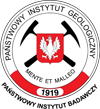


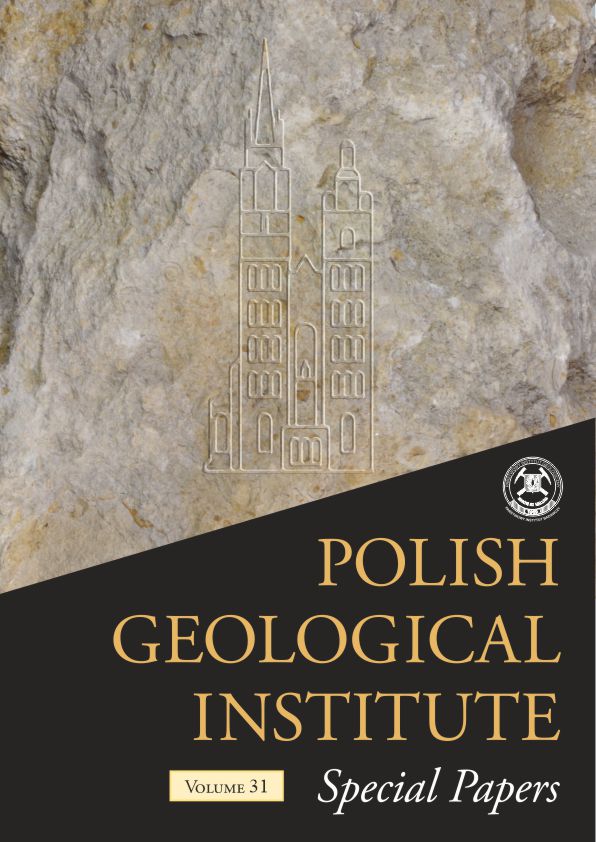
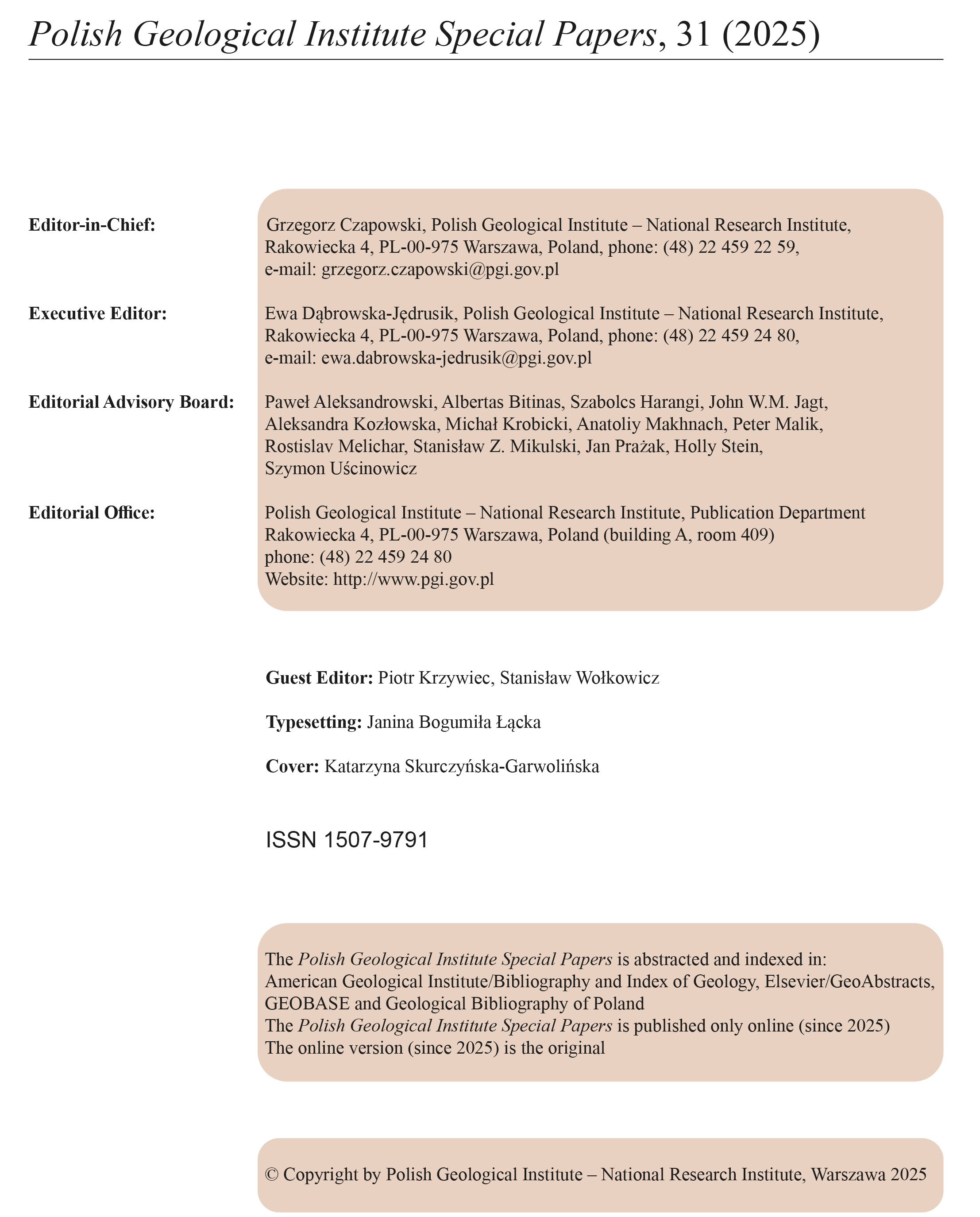


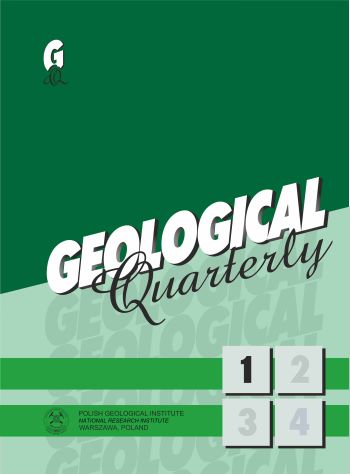 Geological Quarterly Vol 69, No 3 (2025)
Geological Quarterly Vol 69, No 3 (2025)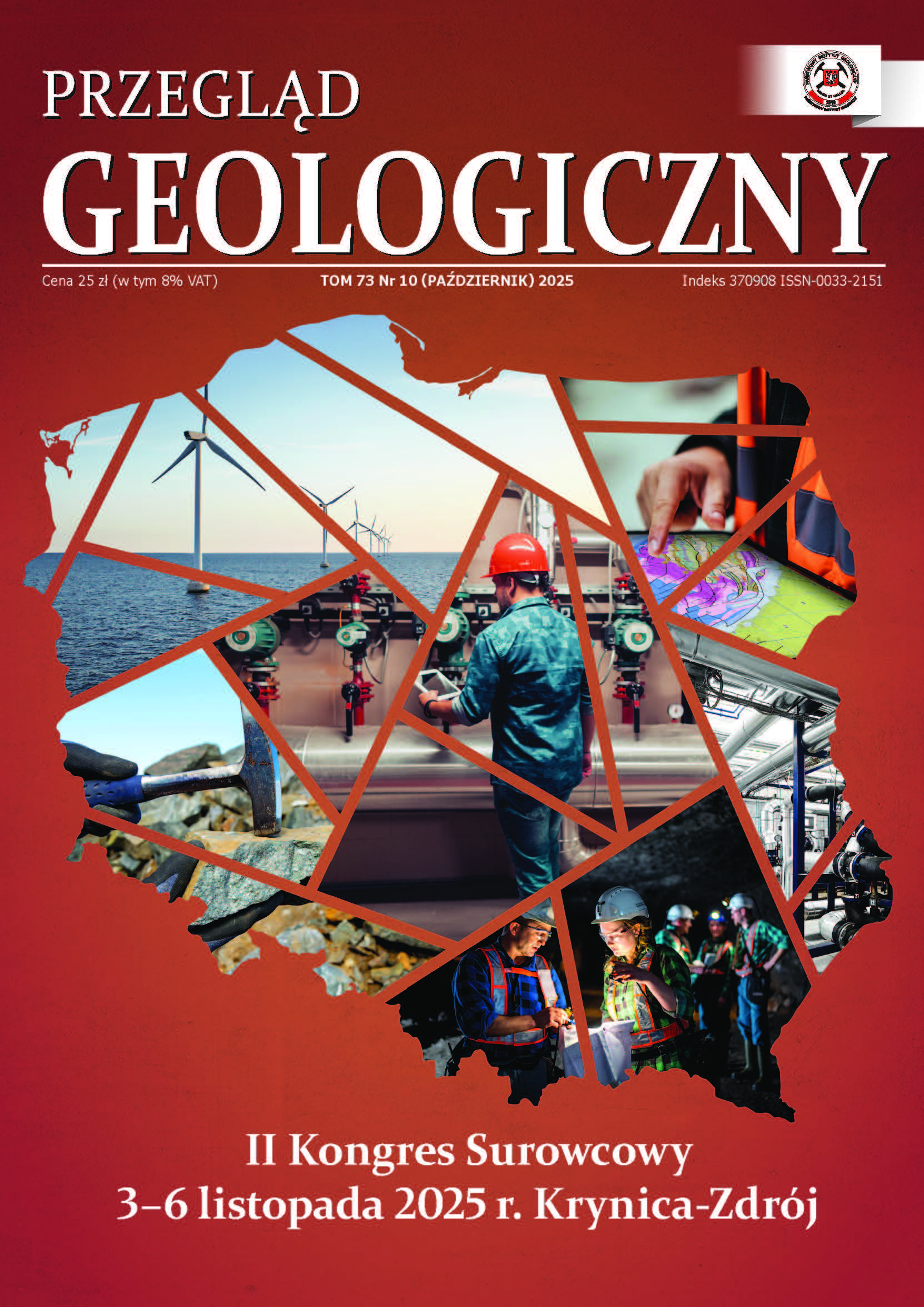 Przegląd Geologiczny
Przegląd Geologiczny Volumina Jurassica Vol 22 (2024)
Volumina Jurassica Vol 22 (2024)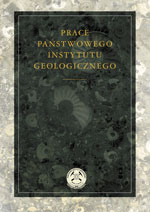 Prace PIG Tom 209 (2024)
Prace PIG Tom 209 (2024)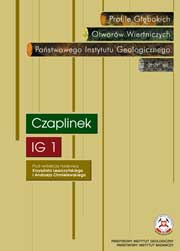 Profile Głębokich Otworów Wiertniczych (2023)
Profile Głębokich Otworów Wiertniczych (2023)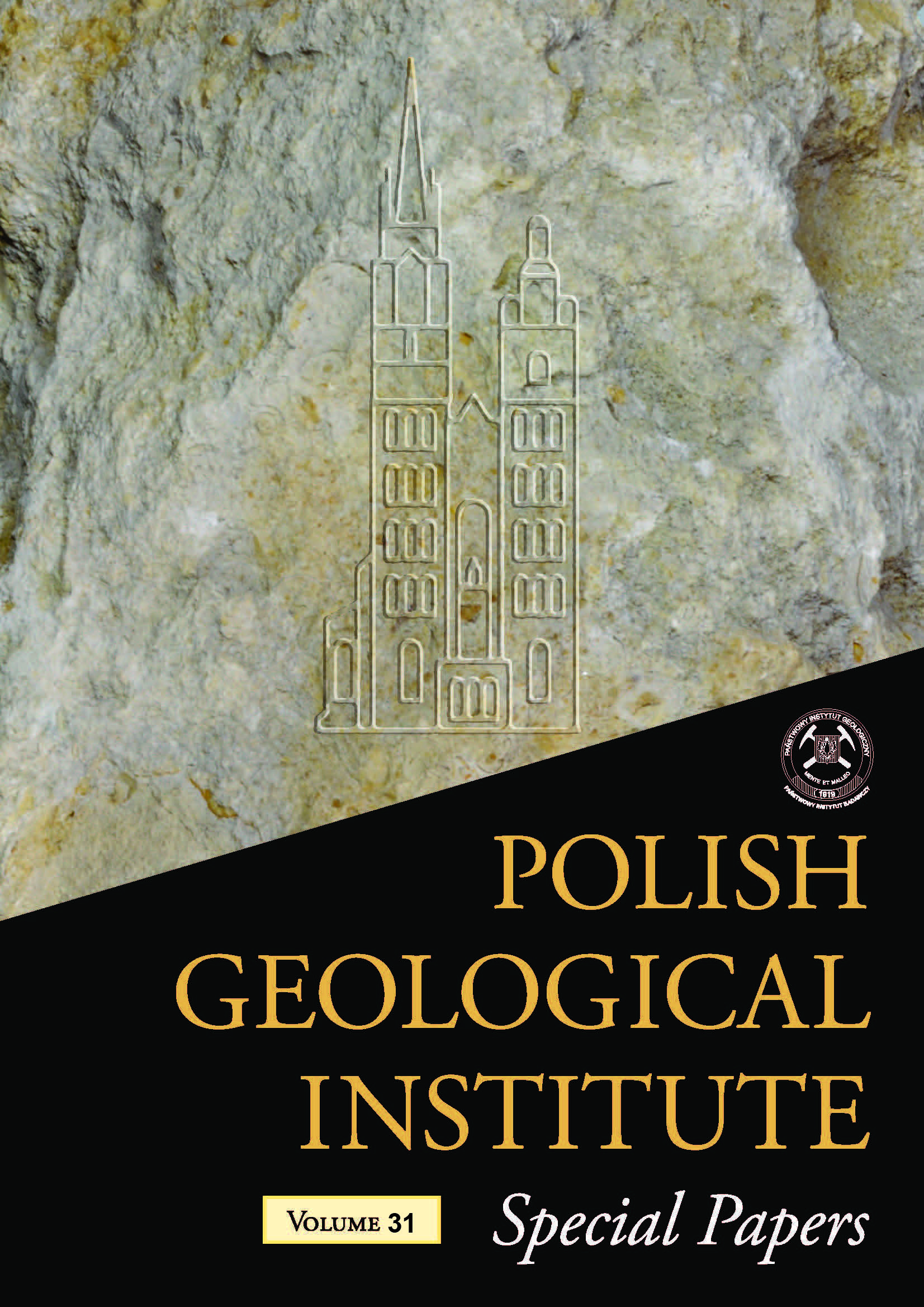 Polish Geological Institute Special Papers Vol 31
Polish Geological Institute Special Papers Vol 31